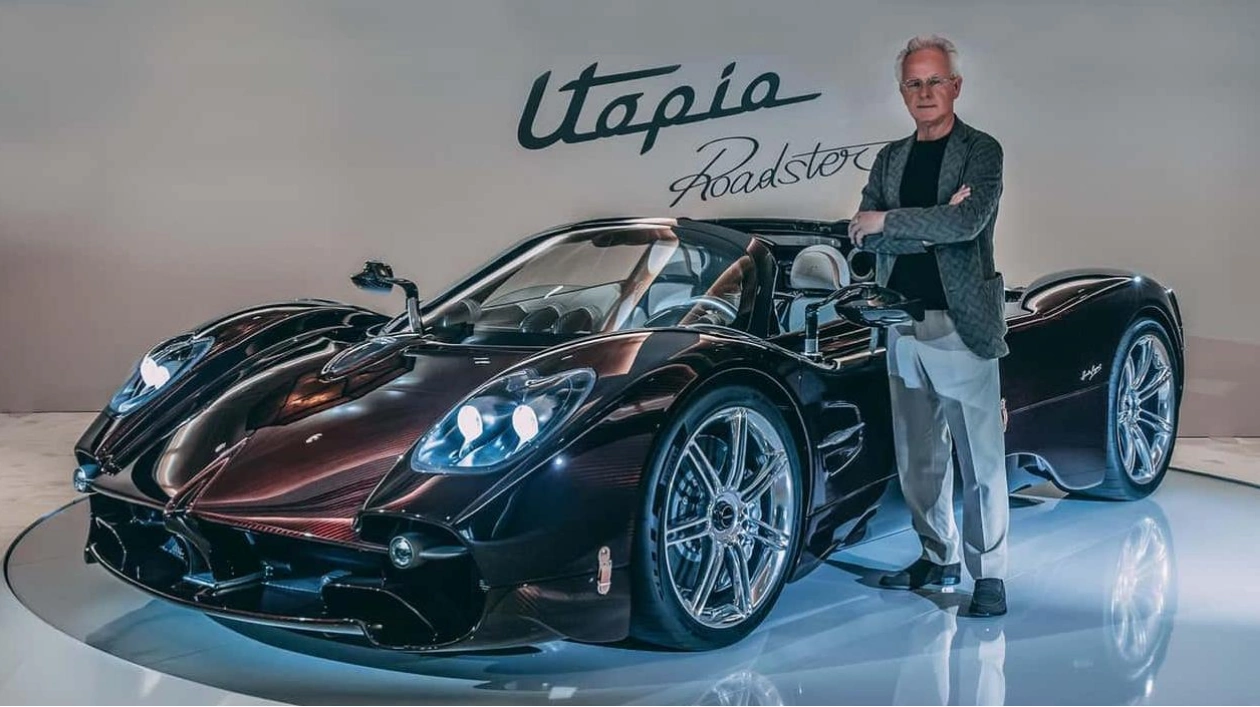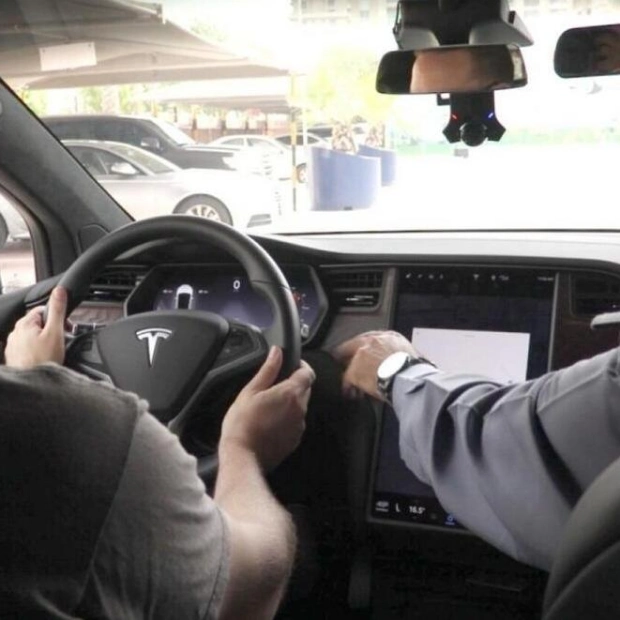Most engineers would agree that converting a coupe into a convertible typically results in a heavier vehicle due to the need for additional structural reinforcements and mechanisms. However, for Horacio Pagani, this is just a guideline. "The aim was to craft a car as rigid as a coupe, but without the roof," Horacio explains in Italian, translated by his son Christopher Pagani. "This car achieves the same rigidity as the coupe, yet it lacks a roof."
Horacio's extensive experience with carbon fiber and composites, spanning nearly four decades, has made him a leading figure in the field. His fascination with carbon fiber began during his tenure at Lamborghini and has since evolved under his own brand, becoming the preferred material for supercar manufacturers worldwide. Pagani, more than anyone, has mastered its use, elevating it to an art form.
The new Utopia Roadster exemplifies this mastery, boasting a dry weight of 2,822 pounds—identical to that of the coupe. This feat is no secret; it's achieved through a sophisticated carbon monocoque chassis that supports the Utopia's elegant lines. The combination of Carbo-Titanium and Carbo-Triax materials ensures rigidity, and the roll bar is seamlessly integrated into the roof structure. The Utopia is 10.5% stiffer than any previous Pagani, including the Huayra.
With such stability, removing the Utopia's roof poses no challenge. Only a few additional weld points were necessary for reinforcement. Pagani offers the Utopia with either a lightweight carbon fiber roof or a cloth top, both of which must be manually removed and cannot be stored inside the car. Horacio emphasizes that the hardtop, while lightweight, offers no structural advantage, as the focus was on rigidity without the roof.
Horacio insists that the Utopia Roadster, with its hardtop attached, closely resembles the coupe. Every component, including the roof, is engineered to be sophisticated yet simple to operate. To maintain the car's light weight, every part is designed to the highest standards. The steering wheel, for instance, is sculpted from a single block of aluminum and weighs just 5.3 pounds.
Pagani's growth over the past 30 years has enabled the company to produce more components in-house. The evolution of the company, according to Christopher Pagani, involves investing in knowledge and expertise. The Utopia Roadster not only meets global crash regulations but also embodies safety and environmental considerations.
For Horacio, the most crucial aspect is the car's feel, which is why a manual gearbox was essential. The manual gearbox, despite its simplicity, posed significant challenges for a car with 852 horsepower. The Utopia is the first Pagani since the Zonda to offer a manual transmission, a feature requested by nearly 70 percent of Utopia customers.
For Horacio Pagani, the Utopia Roadster is the culmination of 40 years of engineering expertise. It is his masterpiece, a testament to what Pagani is truly capable of. It deserves a place in the Louvre, alongside the Mona Lisa.






